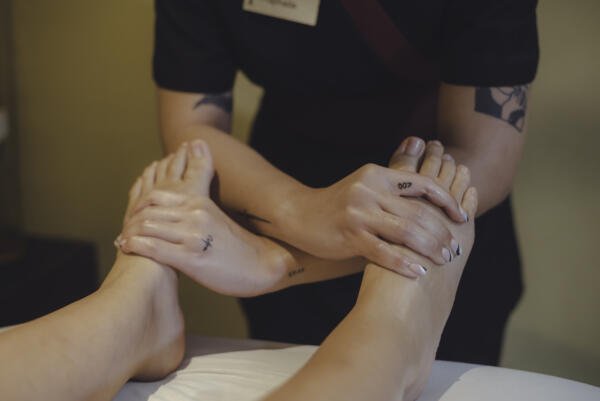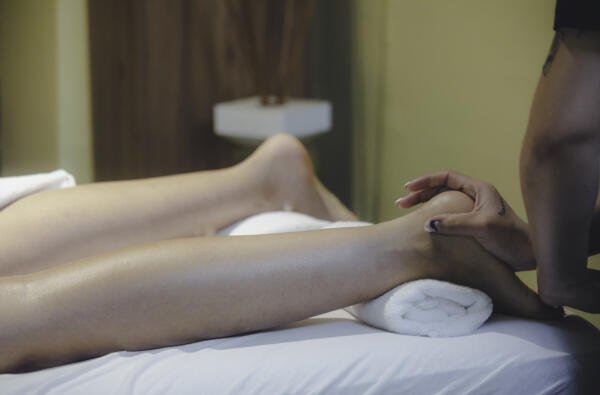
Reflexology is an alternative medicine practice that involves applying pressure to specific areas of the feet, hands, and ears to stimulate healing and relieve tension in corresponding areas of the body. It is based on the theory that these reflex points correspond to different organs and systems of the body, and that by manipulating them, the body’s natural healing abilities can be activated.
Reflexology has a long history, with evidence of its use dating back to ancient civilizations such as Egypt, China, and India. In the early 20th century, a physiotherapist named Eunice Ingham developed a system of reflexology based on her observations of the effects of pressure on specific points on the feet.
Today, reflexology is used as a complementary therapy alongside conventional medical treatment for a variety of conditions, including stress, anxiety, chronic pain, digestive problems, and hormonal imbalances. It is also used as a relaxation technique and as a way to promote overall wellness and balance in the body.
During a reflexology session, the therapist will use their hands, fingers, and sometimes specialized tools to apply pressure to specific points on the feet, hands, or ears. The pressure is usually firm but gentle, and is adjusted based on the individual’s sensitivity and response.
There is ongoing research into the effectiveness of reflexology, and while some studies have shown promising results, more research is needed to fully understand its benefits and limitations. However, many people report feeling deeply relaxed and refreshed after a reflexology session, and it is generally considered safe for most people.
If you are interested in trying reflexology, it is important to find a qualified and experienced practitioner who can answer your questions and provide guidance on whether it is appropriate for your individual needs and health status.


To make an appointment or for more information, please contact us at +38925515175
